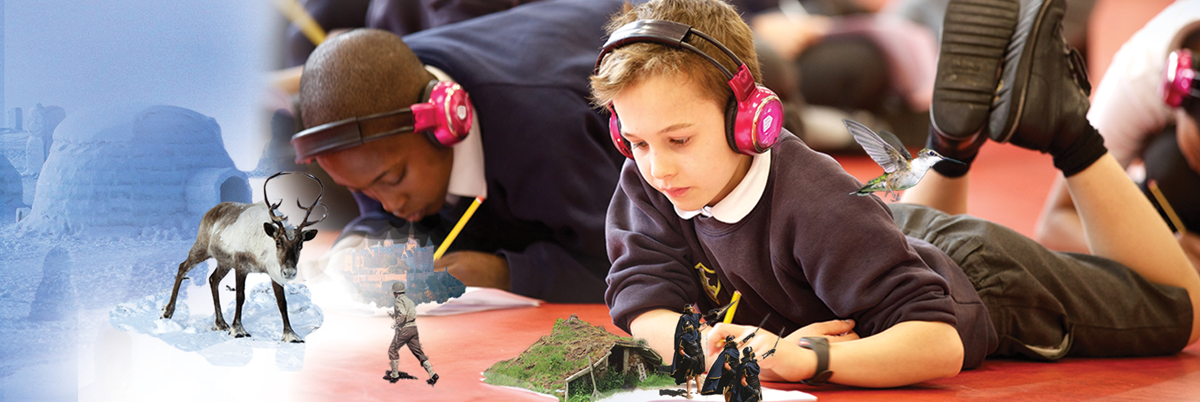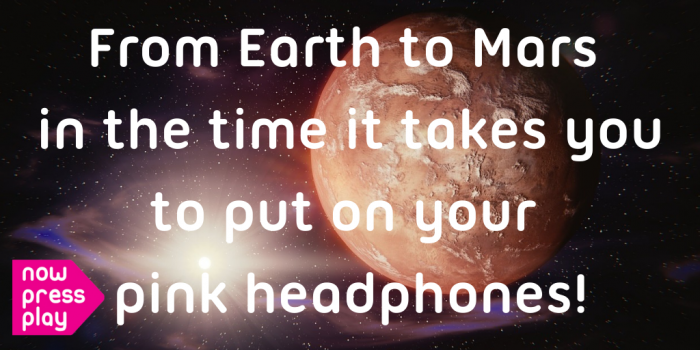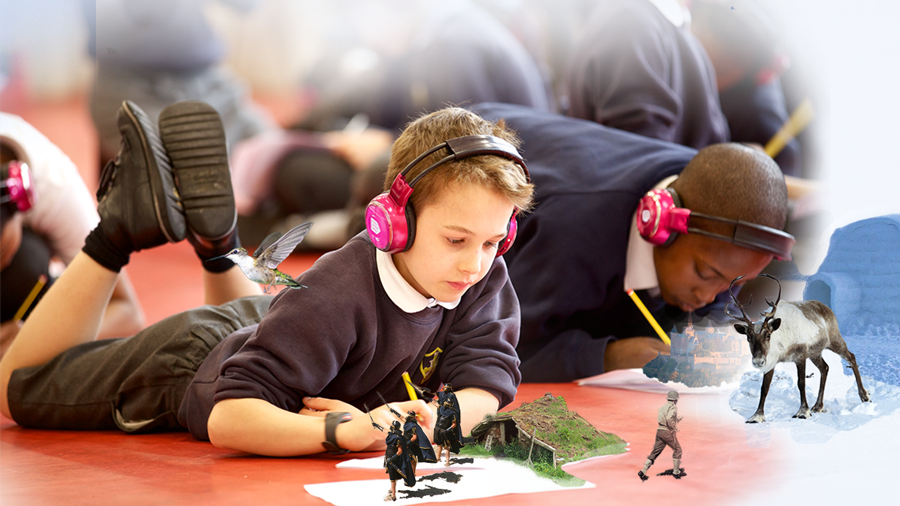
We joined forces with Creative Schools and a group of educators to explore how to use creativity to engage and inspire even the most reluctant of writers.
We began by shooting off on a Mission to Mars and everyone agreed that an active and immersive experience such as this would be a great jumping off point into writing. We then held a round table and began sharing other ways to excite writers.
Here are the top 5 ways to engage reluctant writers:
1. Make it relatable and bring it to life
You could speak to an author online – Twitter can be a great way to connect with people; use props and bury a time capsule for the children to discover; get a “detective” to visit and ask your class to solve a case; or use an augmented reality app such as FXGuru.
Imagine how your class would react if this was happing in their classroom…
– emotive & exciting right?
2. Change where you write
Write in an unusual way or place to stimulate their imaginations & help them get past the fear of the blank page.
What will they come up with writing under the table, on the floor, on the desk with a whiteboard pen, or even writing on coloured paper? Or take it outside in the playground or a specific location like a shopping centre or park to see what influence the environment can have.
3. Use Music
Play different types of music in one session to guide paragraph moods. Start off with a piece of menacing music, move on to a suspenseful piece and then a sad excerpt to organically get them to create paragraphs with different tones.
Music from films is great for this – music from old Westerns is perfect to build suspense.

4. Immerse them in a story
Use a resource such as now>press>play to place the children in the centre of the story, listen to a poem online, get the children to act out a story before they start to write, or watch a video and stop it on a cliff-hanger.
Once they have been fully immersed you can ask them to write an alternative ending, interview one of the characters, or create a piece of writing in a different genre or form such as an informational leaflet or recount.
5. Use art as a stimulus
Show them emotive paintings such as Caravaggio’s Medusa, Munch’s The Scream or Dalí’s The Persistence of Memory and ask them what happened before and after the scene.
Get them to create a sculpture or character with brown paper and tape and whatever craft bits you have and ask them to write about theirs!
We loved talking to all the teachers and experts at the event with Creative Schools, thank you to everyone for coming. We learnt that there is no better way to energise learning across the curriculum than by tapping into your pupils’ creativity, because memorable experiences lead to memorable learning.
Creative Schools
Creative schools is an innovative programme that supports schools to tackle challenges and inspire school change through the arts.
They do this by resourcing and mobilising their broad network of cultural partners to respond to school needs and deliver projects or interventions that can make a difference.
How do you inspire your pupils to write? Get in touch with us:

